Walter J. Salmon, Sr. (1871-1953)
The story of Mereworth Farm begins with Walter Joseph Salomon, born May 25, 1871, in New York, the son of Rudolph G. Saloman, an immigrant from Germany. At some point prior to 1919, an “o” was dropped and the surname changed to “Salmon.” As a young man, Walter J. Salmon was sent to the University of Vienna with the hope that by studying chemistry he would be able to improve upon the family tanning business which was experiencing financial difficulty. Upon graduation, he returned to the United States only to find that he could not work in the tannery because the chemical fumes made him ill. Thus, he was forced to pursue other business interests, which took him into real estate. Mr. Salmon became a New York City real estate mogul of remarkable success. His legacy is still vibrant today in Midtown Manhattan, in the form of the Salmon Tower Building, located at 11 West 42nd Street, completed in 1928, and 500 Fifth Avenue, between West 42nd and 43rd Streets, completed in March 1931.
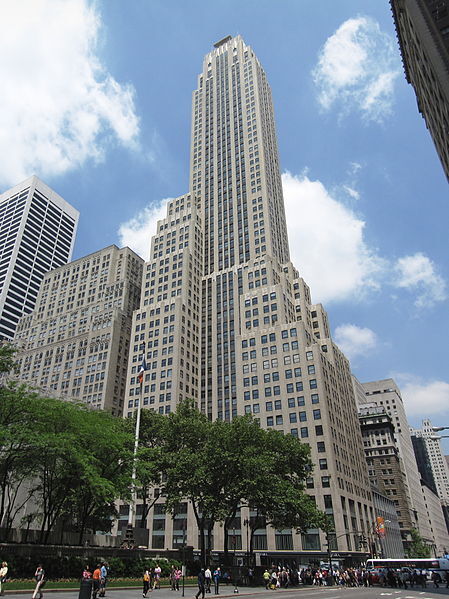
Founding of Mereworth Farm
His success in the New York real estate business provided the capital to support Mr. Salmon’s interest in Thoroughbred racing, a business he entered in approximately 1916. Initially, he housed his stables in a private barn he built at the racecourse in Saratoga Springs, New York, but then decided he also wanted to breed Thoroughbreds for himself. In 1921, Mr. Salmon began acquiring land and making improvements; by 1924, the farm in Lexington, Kentucky was christened Mereworth and became operational. The name Mereworth was adopted from England’s Evelyn Boscawen, 6th Viscount Falmouth, who had dominated the turf in earlier decades, and the site of whose Thoroughbred operations was Mereworth Castle in Kent. Mr. Salmon was an admirer of Lord Falmouth’s methods. At the time it was acquired in the early 1920’s, the property on Yarnallton Pike in Lexington was unimproved for horses. Trees, brush and wild growth were cleared;barns, fences and other improvements were built. These improvements included a boarding house for the exercise boys and single employees; tenant houses were available for married hands. Each family was also allocated a milk cow (feed supplied), along with a plot to grow a garden, in addition to wages. Pedigree experts were retained and stud books from all over the world were purchased and placed at their disposal. Reportedly, Mr. Salmon spent an estimated quarter million dollars to finance the most extensive investigation of racehorses’ heredity ever made. According to his obituary in The Blood-Horse, “[t]he research was carried on under the direction of Dr. H.H. Laughlin at the Eugenics Records Office of the Carnegie Institution at Cold Spring Harbor on Long Island. It succeeded in estimating possibilities on the basis of class and relationship, but the final formula for prediction was too complicated for general usage.” A resident veterinarian was engaged to attend to the health of the horse herd. As Mr. Salmon pointed out, he did not wish to be in need of a veterinarian who was unavailable treating a hundred dollar cow while a horse worth thousands of dollars and representing years of selection needed attention.
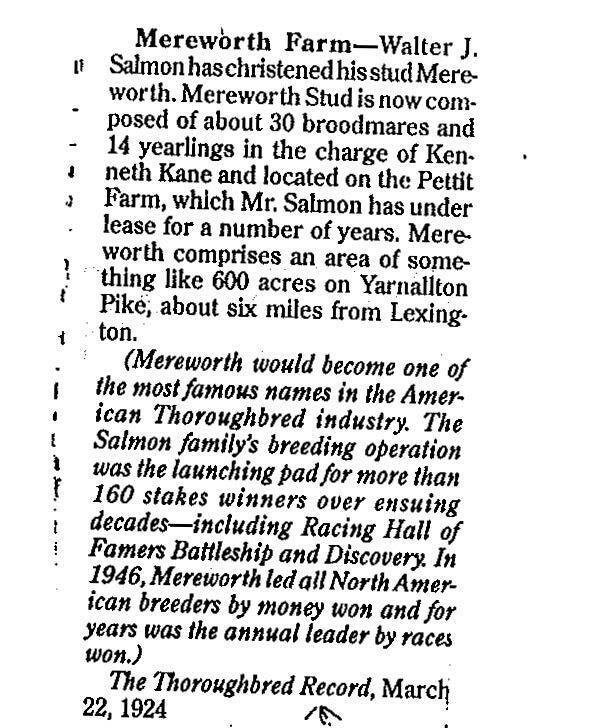
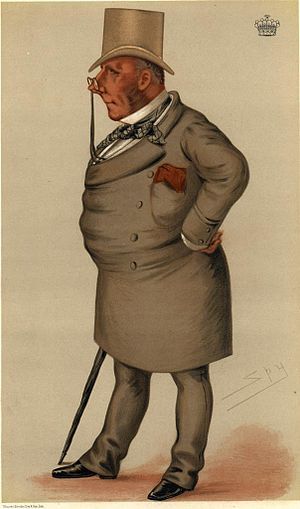
Discovery
Discovery was bred in 1931 by Mereworth Farm, a product of Display’s first crop of foals, out of the mare Ariadne. By the time Discovery was two, Mr. Salmon had opted to devote his efforts to breeding rather than racing. Discovery was leased to Adolphe Pons to continue to race and was then sold to a young Alfred G. Vanderbilt II in 1933 for $25,000. During his three-year-old season, Discovery was bested repeatedly by rival Cavalcade in the big races. He finished second to Cavalcade in the 1934 Kentucky Derby and ran behind Cavalcade four more times that year, including in the Preakness. Yet, he showed his talent in the prestigious Brooklyn Handicap, winning by six lengths, and then went on to dominate the sport through 1936. Recognized as Horse of the Year in 1935, and Champion Handicap Horse in 1935 and 1936, Discovery won both the Whitney Handicap at Saratoga Race Course and the Brooklyn Handicap three straight years. He retired with a career record of 27-10-10 out of sixty-three starts and earnings of $195,287. He was elected to the Racing Hall of Fame in 1969. Discovery ranked among the top 20 on the sire list seven times during his 21 years at stud. Twenty-five of his foals were stakes winners, but his true legacy was established by his daughters. Among their foals were Bold Ruler and Native Dancer, whose descendants include Raise a Native, Secretariat, Seattle Slew and Northern Dancer, to name only a few. He died at Vanderbilt’s Sagamore Farm in Maryland in 1958.
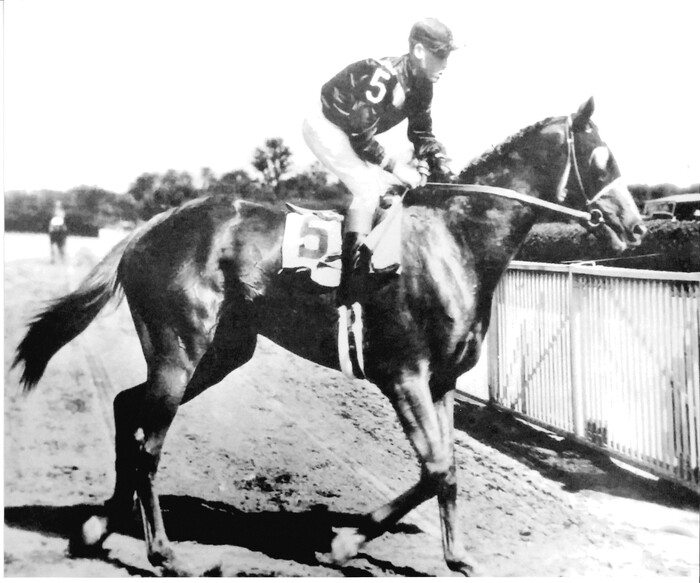
Display
Although never named as champion in any particular year, Display was a stakes winner from age two to six. In 1926, he won both the Preakness and the Latonia Championship. In 1928, he won the Hawthorne Gold Cup, setting a track record. He earned a career $256,326 on the track and was the second-largest money winner of his day. Known as the “Iron Horse,” Display could not really be trained for racing due to his stubborn disposition. No rider could pace him. He would just be saddled, mounted and put to race. At stud duty, Display had a habit of savaging himself in the sides with his teeth, actually ripping the hide. A halter with a chain muzzle was devised to prevent the mutilation, and yet still allow him to sift his grain through the links and graze in his paddock. The walls of his stall were padded with thick cocoa husk matting to protect him from injury as he hammered them with kicks of pure macho. His progeny included only eleven stakes winners (4%), but one of them in his first crop was Discovery. Along with many other champions, Display is buried at Mereworth Farm.
World War II
Mr. Salmon sold his produce each year at the Saratoga Springs auctions. The annual shipment of the horses and their grooms from Kentucky to New York was made by railroad horse Pullman cars. The horses were then hand-led from the depot through the city streets to the sales yard with a police escort. The declaration of war by the United States in 1941, however, restricted all non-priority transportation, which interfered with Mereworth Farm’s ability to get its crop to Saratoga Springs. To address this restriction, in 1943 Mr. Salmon chaired a meeting of prominent Thoroughbred breeders, who decided to hold a summer sale at Keeneland Racetrack so as to have a local market for yearlings. Fasig-Tipton Co. conducted this first sale. The following year, Mr. Salmon was among the founders of Breeders’ Sales Co., which established the Keeneland summer sale on an ongoing basis and later became a part of the Keeneland Association. Mereworth Farm yearlings were walked from the farm to the sale, a distance of nine miles. One such hand-led consignment numbered over 50 yearlings. For the commercial breeding operation, broodmares for the farm were selected upon pedigree and racing performance from the United States and abroad. After World War II, Mereworth Farm purchased Stella, a champion racemare of Italy, and it is said she became the first equine to be flown across the Atlantic Ocean.
The Death of Walter J. Salmon, Sr.
Mr. Salmon died on Christmas Day of 1953, and management of Mereworth Farm fell to his widow, Elizabeth Davy Salmon (later Mrs. F. Warrington Gillet upon remarriage) and his son, Walter Salmon, Jr. His daughter, Lois Salmon Duffey, was also involved but created her own brilliant legacy in steeplechase in the United States and England.
Mrs. F. Warrington Gillet
After the death of Mr. Salmon, his widow remarried in 1956, bringing to the story another colorful character. Her second husband was F. Warrington Gillet, a World War 1 Flying Ace. First learning to fly when he was 19 with the Canadian Royal Flying Corps during World War 1 and decorated with numerous medals, including the Croix de Guerre. Together Mr. and Mrs. Gillet resided in Baltimore, Maryland. Mr. Gillet died in 1969, survived by his wife, who passed away in 1971.
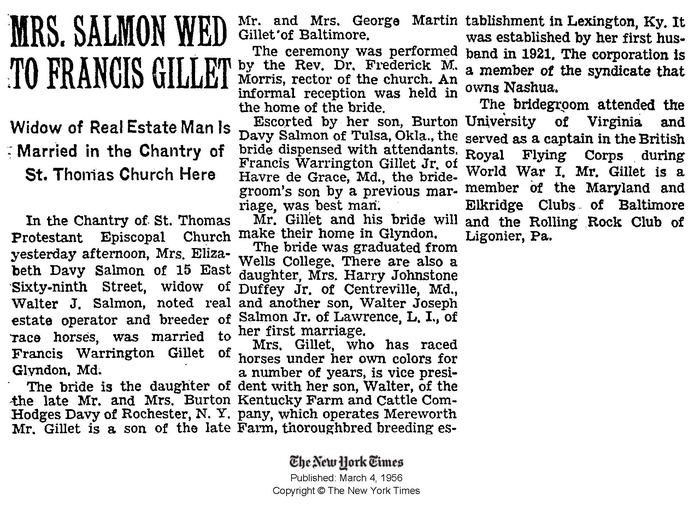
Lois Salmon Duffey
Lois Salmon, born in 1910, the daughter of Mr. Salmon and his second wife, married Harry Duffey, a farmer and steeplechase jockey in 1935. In 1946 they moved to Centreville, Maryland. The Duffey family owned horses and competed successfully in major steeplechase events, both nationally and internationally. In April 1990, Mrs. Duffey’s chestnut gelding, Mr. Frisk, won the Aintree Grand National, beating 37 horses in the race and setting a new course record. Six weeks later, Mr. Frisk won the Whitbread Gold Cup. Mrs. Duffey survived her husband, who died in 1978, and passed away in 2007 at the age of 96. She had two children, Harry “Stoney” Duffey III and Amanda Rutledge.
The Death of Walter J. Salmon, Sr.
Although Mereworth Farm’s tradition of success continued, strategies changed under Mr. Salmon, Jr. and Mrs. Gillet. By the mid-1960’s, Mr. Salmon, Jr. and Mrs. Gillet found the cost of stakes-winning broodmares had become prohibitive, and so Mereworth Farm returned to the racetrack, as a means of retaining and testing its own fillies, after an absence of 34 years. In addition, rather than breeding to stallions of their own, they concentrated on the acquisition of major stallion shares. Mereworth Farm was an original member of the syndicates of Nashua, the first million dollar stallion, and of Secretariat, as well as many others. Mrs. Gillet died in 1971, and Mr. Salmon, Jr. continued his work at Mereworth Farm, breeding and racing Thoroughbreds. He also focused his energy on equine research. For 13 years, Mr. Salmon, Jr. was president of the Grayson Foundation, among the major funding organizations for research into equine disease and husbandry. Despite failing health, he accepted appointment to the fund-raising committee for the new Maxwell Gluck Center in 1983 and was a trustee and then trustee emeritus of the Thoroughbred Owners and Breeders Association. At the same time, Mr. Salmon, Jr. was the president of Five Hundred Fifth Avenue Inc., the address of the historic building constructed by his father and the home of the Salmon Management Corporation, which by this point owned numerous diverse business interests, including Salmon Corporation (formerly Kentucky Farm and Cattle Company) which owned Mereworth Farm as well as oil and gas interests.
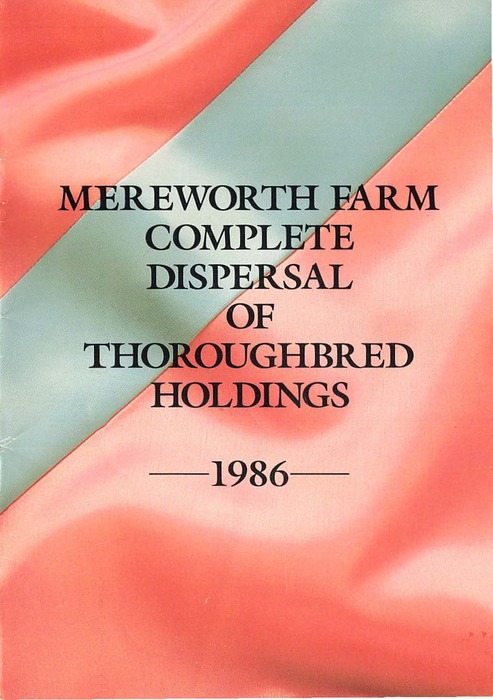
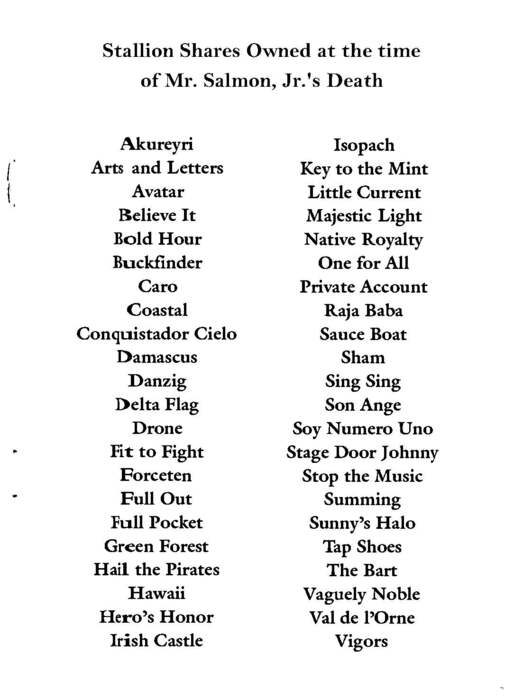
Disposition of Assets
By the 1980’s, revisions to the federal income tax laws and Mr. Salmon, Jr.’s declining health caused the start of a disposition of holdings, including 500 Fifth Avenue and, after his death in 1986, Mereworth Farm. Mr. Salmon, Jr.’s daughter, Susan Salmon Donaldson, purchased the remaining part of the original farm and a number of her family’s broodmares, and continued the family tradition of breeding and racing. Ms. Donaldson operated the farm commercially until her death in 2011. Thereafter, it became the not-for-profit horse sanctuary it is today.